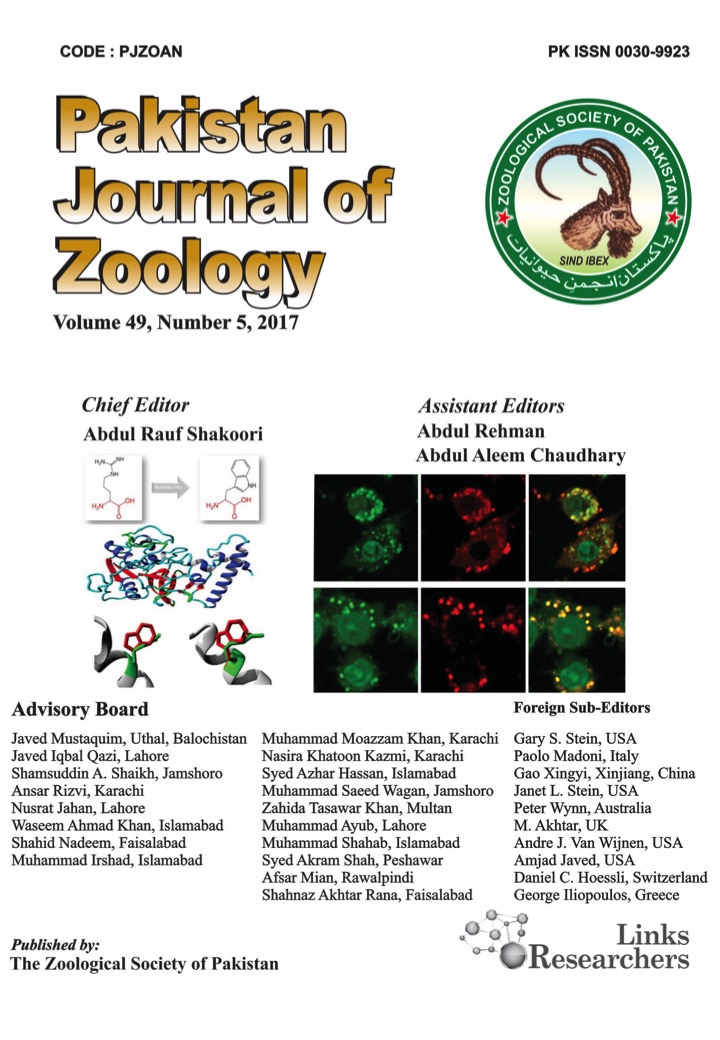Observing Pollinator Attraction to Winter Annual Flowering Plants in an Urban Ecosystem
Observing Pollinator Attraction to Winter Annual Flowering Plants in an Urban Ecosystem
Muhammad Talha Ahmad1, Mudssar Ali1,*, Shafqat Saeed1, Gulzar Akhtar2 and Fawad Zafar Ahmad Khan1,3
ABSTRACT
Pollination is an important ecosystem service as 87% of angiosperm plants are dependent on insect pollinators, particularly bees, for their fruit and seed production. However, the pollinators are experiencing a global decline, mainly due to a shortage of food and nectar resources. Therefore, it is imperative to adapt various pollinator conservation practices, such as growing seasonally attractive flowering plants that can serve as foraging resources for these insect pollinators. Therefore, the current study was planned to screen the variation in the attraction of annual winter flowers for bees and other floral visitors. Different annual flowering plants were grown locally in the winter season. The plants were grown in polythene bags and shifted to the field just before flowering. The group of each specific plant was arranged in a circular planting pattern. The attraction of bees and other available insect floral visitors to these flowering plants was assessed through their arrangement in a randomized complete block design (RCBD). Syrphid flies were the most abundant pollinators of seasonal winter ornamental flowers, followed by bees (Apis mellifera L. and Nomia sp.). The flower of the genus Petunia attracted diverse pollinators, followed by pansy (Violaceae) and antirrhinum (Plantaginaceae). Insect pollinators were highly attracted towards Dahlia spp. (Asteraceae) observed by Petunia spp. (Solanaceae) and African daisy Dimorphotheca ecklonis (Asteraceae), while the least attractive flower was Gazania spp. (Asteraceae). Butterflies and moths were most abundant in Phlox (Polemoniaceae), followed by pansy (Violaceae). This study helped identify the most attractive winter annual flowers for bees and other floral visitors. Also, the floral patterns will be recommended for the future flowering scheme of this region as a step towards urban pollinator conservation.
To share on other social networks, click on any share button. What are these?









